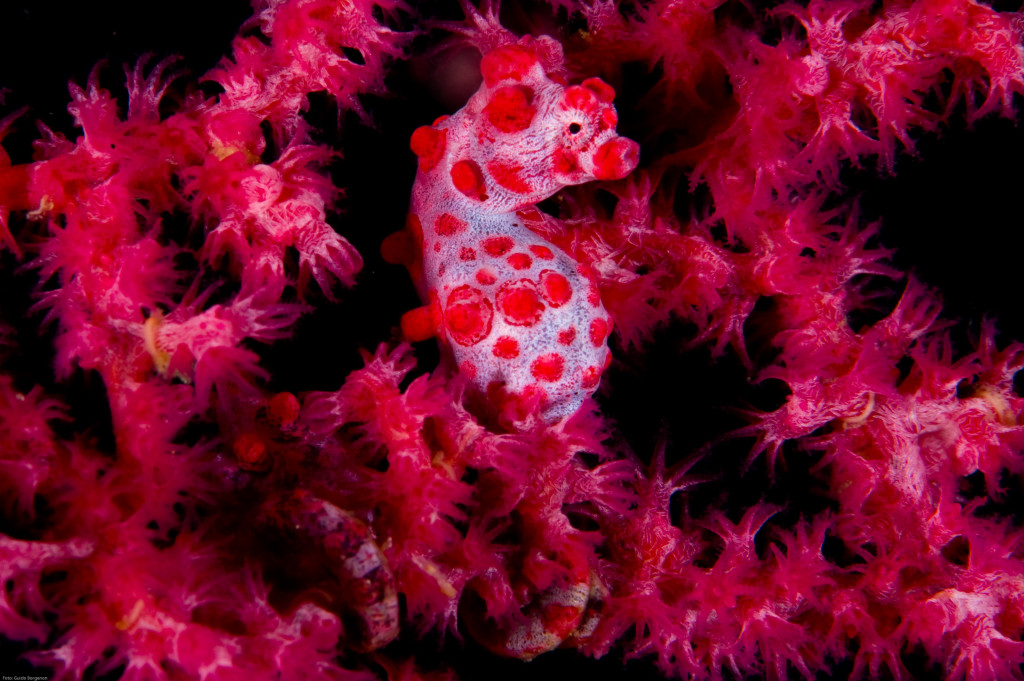by Katelyn Dick
Seahorses are at risk across the world’s oceans; here’s what you can do to help.
Every year, 15 to 20 million seahorses are caught and traded, both dead and alive, all over the world. Seahorses are also susceptible to overfishing — Project Seahorse estimates that 2.2 million seahorses are caught in shrimp trawling nets every year as bycatch — and habitat damage.
The IUCN Red List names nine seahorse species as Vulnerable and one as Endangered, but the other 28 seahorse species are listed as Data Deficient, which means not enough is known about them to assess their conservation status. There are also at least 10 more species that haven’t even been assessed yet.
Although there’s a desperate need for more research and data to fill this information gap, seahorses are quite difficult to study in the wild: This is where iSeahorse comes in.
Anyone can contribute seahorse research using iSeahorse. You don’t need to be a scientist; all you need to do is spot a seahorse on your dive and then report it to iSeahorse. Simply visit the website or download the free iPhone app and then post the location, date and any pictures or other details of your seahorse sighting.
There is no training involved, and use of the website and app are straightforward and completely free. Seahorse experts from Project Seahorse actively review posted sightings to help identify the species correctly. There are also several ID guides available, for use to help identify the different species, or just to learn more about seahorses in general.
Seahorse experts will use the data gathered through the site to further conservation efforts globally, and to help create necessary conservation management plans for the appropriate authorities. iSeahorse also creates a community, wherein scientists and citizen scientists can work together on the shared goal of saving seahorses. Sign up today to take part in seahorse science, and help us protect these truly amazing animals.


